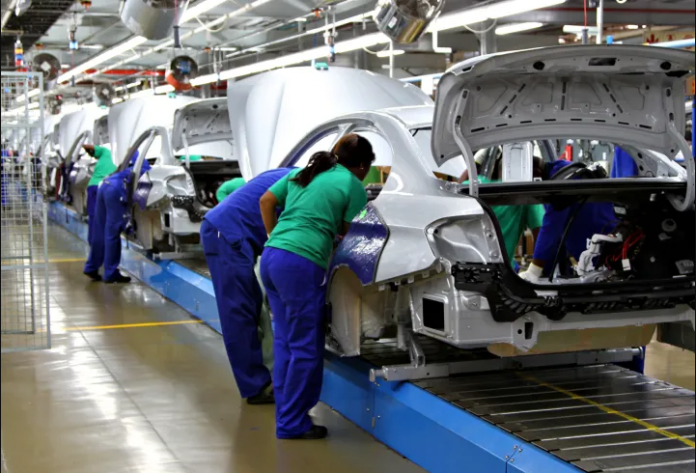Kenya Association of Manufacturers (KAM) has partnered with the African Association of Automotive Manufacturers (AAAM) to drive the sustainable development and growth of the automotive industry in Kenya. The partners said that the goal would be achieved by scaling up production, increasing trade, and driving the global competitiveness of Kenya’s automotive industry.
AAAM CEO Dave Coffey predicted that with a progressive policy, Kenya’s automotive industry is set to increase its market share locally and regionally.
“The increased focus on building value chains and enhancing trade shall spur the demand for automotive industry products. As seen in Morocco and South Africa, an enabling business environment attracts investors who have thriving automotive industries,” Coffey said.
“Through this partnership, we shall collaborate to enhance scale, spur industrialisation and deepen localisation of goods manufactured by Kenya’s automotive industry,” said Coffey.
KAM Chief Operating Officer (COO) Tobias Alando expressed the Association’s optimism that the partnership shall give impetus to the automotive industry in the country.
“Kenya’s Automotive Industry is the most established in the region. However, it continues to face challenges, such as a shortage of skilled labour force, low levels of research and development and a lack of long-term financial solutions for the sector to enable investments in technology,” Alando said.
“By collaborating with AAAM, we shall continue to develop automotive policies geared towards positioning Kenya as a production and trade hub, integrating EAC into the value chain and providing market linkages for sector players,” he said.
The MoU was signed during AAAM’s visit to Kenya to enable participants to understand Kenya’s automotive industry and provide linkages with investors. The partnership signing came weeks after KAM asked the Kenyan government to address gaps hindering manufacturers from benefitting from the Africa Continental Free Trade Area (AfCFTA).
At the time, Alando observed that whereas the trade agreement provides the best opportunity to realise the country’s regional, national and business goals, Kenya is yet to put in place mechanisms to ensure the country takes full advantage of the benefits it presents.
“Kenya’s export market in Africa is expected to increase with the full implementation of AfCFTA. However, if unaddressed, challenges such as dwindling country competitiveness, lack of product competitiveness, supply chain constraints, unconducive business environment, and institutional and infrastructural constraints shall hinder local manufacturers from reaping the benefits that come with AfCFTA.”
Alando gave recommendations to enable Kenyan manufacturers to thrive under the trade agreement.
“At the firm level, Kenya’s business community needs to develop export strategies for various trade agreements including EAC, COMESA and AfCFTA; implement business development programs to penetrate and expand to new markets and develop the capacity to be able to meet the demands of the African markets. At the national level, we urge the government to prioritise the conclusion of pending areas in the negotiations; work on competitiveness drivers to ensure Kenya takes advantage of the African market and fully implements the National AfCFTA Strategy.”
“We remain cognisant of the benefits that come with AfCFTA, such as job creation, movement of goods and skills transfer.This will require tariff harmonisation, capacity building on requirements to trade under the regime, and simplification and automation of processes. We have also set up call centres at all border points to support traders and ensure efficient service delivery.”




